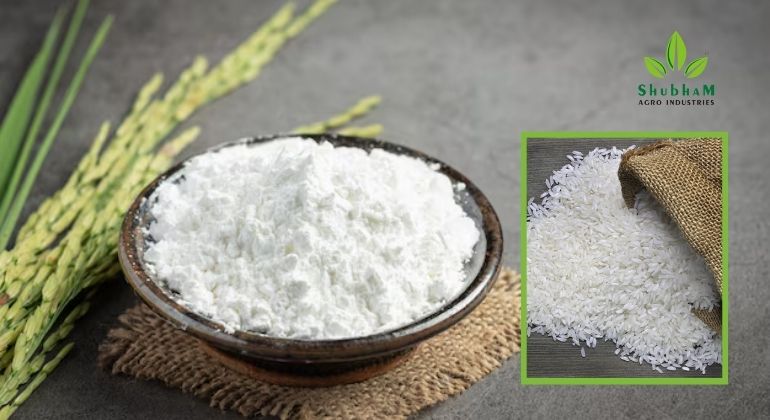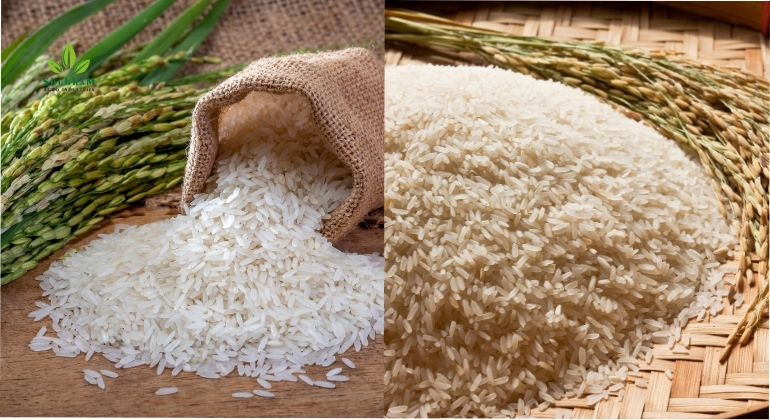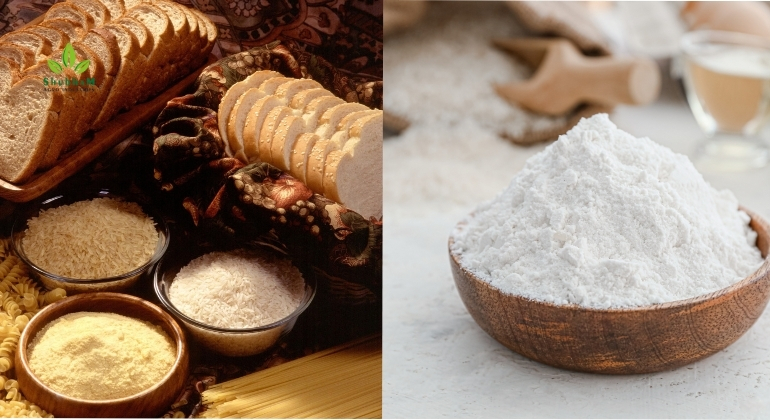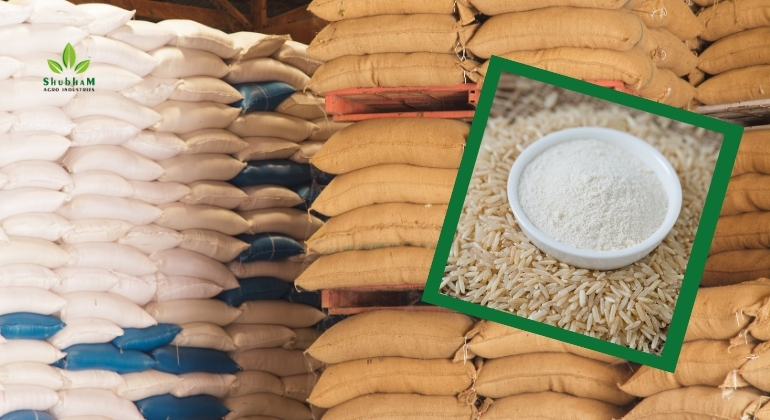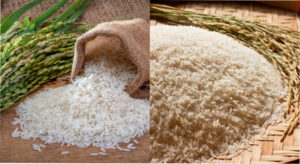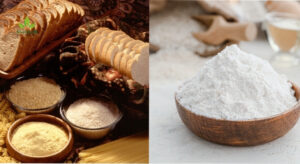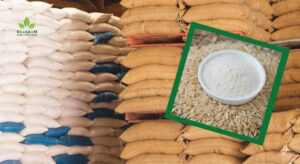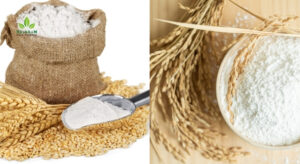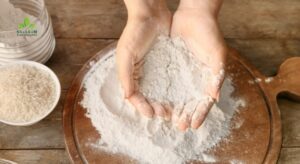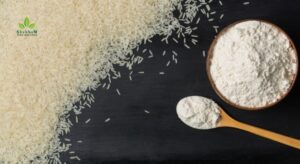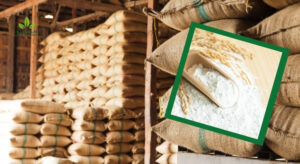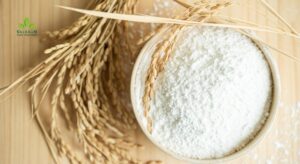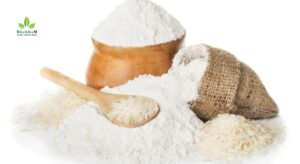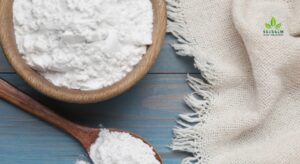Rice Flour in the Textile Industry
Innovation and sustainability are nothing new to the textile business. In our ongoing search for environmentally friendly substitutes, rice flour has come to light as an unexpected but intriguing component. This blog post will explore the intriguing use of rice flour in the textile industry and how it might change the way we produce fabrics.
Rice Flour: A Unique Player in Textile Innovation
It might seem strange to consider rice flour, a fine powder obtained from milled rice, for use in the textile business. However, its special qualities make it an appealing option for the creation of sustainable textiles.
- Biodegradable: Because rice flour is fully biodegradable, it provides a healthy and sustainable alternative to synthetic products.
- Abundant and Renewable: One of the most extensively grown grains in the world, rice provides a reliable and sustainable source of rice flour.
- Hypoallergenic: It provides comfort in clothes and textile applications and is hypoallergenic and safe for people with sensitive skin.
- Soft Texture: It is preferable to use rice flour for textiles that touch the skin since it gives them a nice and smooth texture.
Rice Flour in Textile Applications
The utilisation of rice flour in the textile industry is a testament to human creativity and ingenuity. Here are some fascinating ways in which rice flour is making its mark:
- Eco-Friendly Dyes: Natural colours made from rice flour are being investigated as an environmentally friendly substitute for manufactured dyes. These dyes provide vivid colours while minimising the dyeing process’s negative environmental effects.
- Biodegradable Fabrics: Researchers are experimenting with rice flour in textiles to make completely biodegradable fabrics. The natural decomposition of these materials reduces their impact on the environment.
- Sustainable Print Medium: As a sustainable printing medium for textile patterns, rice flour is becoming more and more popular. It acts as a safe, all-natural replacement for conventional chemical-based printing techniques.
- Texture Enhancement: To improve the feel of materials and make them softer, smoother, and more comfortable to wear, add rice flour. This is especially advantageous for intimate clothing and undergarments.
- Skin-Friendly Fabrics: To accommodate those with sensitive skin, fabrics are being created that are enriched with rice flour. Allergies and skin irritability are reduced by these materials.
- Eco-Friendly Starching: Textile starching is a widespread process, but it is often carried out with synthetic chemicals. The use of rice flour as a sustainable substitute for textile starch is being investigated.
The Eco-Friendly Edge of Rice Flour
Due largely to the use of synthetic materials and chemicals in production, the textile industry is one of the worst polluters on the planet. The use of rice flour has numerous important environmental benefits, including:
- Reduced Environmental Impact: Because rice flour textiles degrade naturally without producing toxic chemicals or microplastics, they have a far lower environmental impact.
- Lower Energy Consumption: Rice flour preparation and incorporation into textiles frequently require less energy than conventional textile manufacturing techniques, resulting in a reduction in greenhouse gas emissions.
- Reduced Chemical Usage: The use of printing mediums and dyes based on rice flour lessens reliance on chemical dyes and printing agents that may be hazardous to both human health and the environment.
- Sustainable Practices: The textile sector can adopt more sustainable practices and lessen its overall carbon footprint by employing a widely available, renewable resource like rice.
Challenges and Future Prospects
Although rice flour has a lot of potential in the textile business, there are still several obstacles to overcome, including scalability, affordability, and durability. However, these problems are being addressed by ongoing research and development, and the prospects for rice flour in textile applications are promising.
Innovative, environmentally friendly textiles, like those made with rice flour, are paving the way for a textile business that cares more about the environment. The demand for eco-friendly and skin-friendly textiles is projected to increase as customers become more aware of the environmental impact of their clothing choices.
Conclusion
Finally, rice flour is a strange yet remarkably adaptable product that has the power to transform the textile sector. It is a desirable option for eco-friendly textile production due to its soft texture, hypoallergenic qualities, and biodegradability. Rice flour is a brilliant example of how innovation may change how we make fabrics, leading to a more sustainable and environmentally responsible future as the textile industry searches for eco-friendly substitutes.
